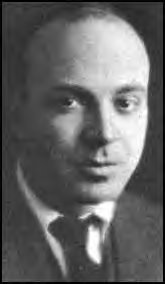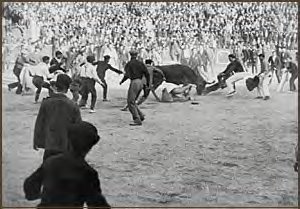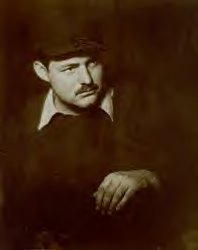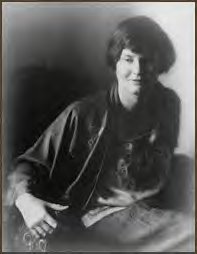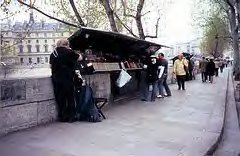




Harry Hindmarsch

Hadley, "Bumby", and Ernest in Schruns, Austria, in 1926. The family was in Schruns for their winter vacation. They preferred the alpine climate to Paris in the winter.
Bumby was born John Hadley Niconor Hemingway, in October, 1923. The baby was named in honor of his mother and the Spanish matador Villalta.
Hadley wanted the baby to be born back home because she disrusted European medical proceedures and it would be psychologically more comfortable for her. Ernest thought that with the baby on the way he had better get a regular job and decided on trying for a position at the Toronto Star. They sailed to Canada from Cherbourg on August 26, 1923 on the Cunard liner Andania. It took ten days to reach Quebec. Bumby was born on October 9, 1923 in Toronto, while Ernest was rushing home from a journalism assignment in New York. Ernest never forgave the editor of the Toronto Star, Harry Hindmarsh, for sending him on that assignment.
Gertrude Stein is babysitting "Bumby" in the Luxembourg Gardens in the last photo.



